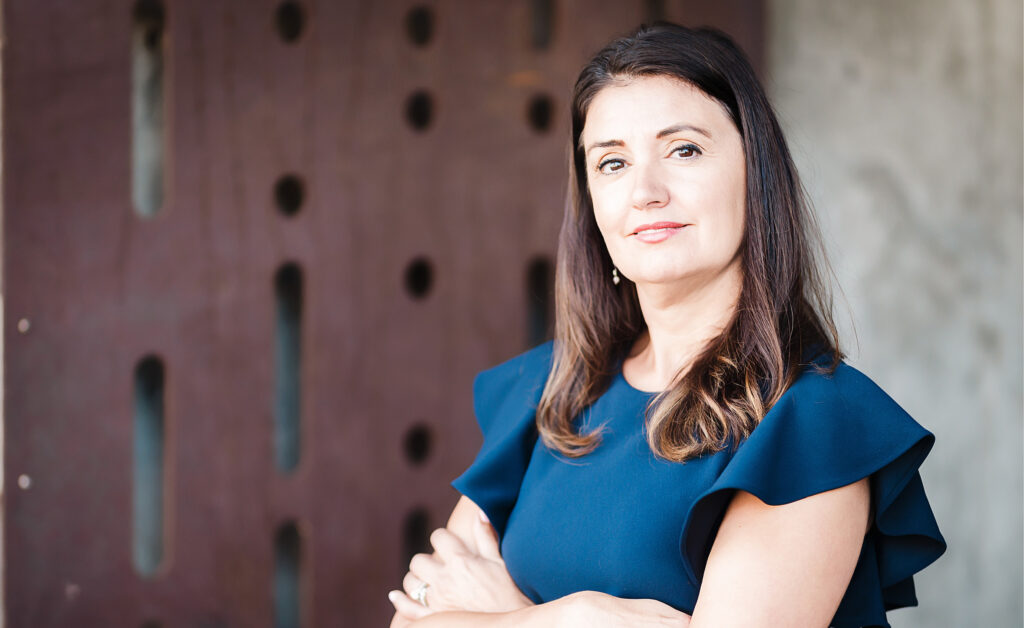– by Brad Morrison & Doug Rollins –
With the advent of aero flight in the greater Victoria area a little more than a century ago, only those who were thought to be eccentric could envision transcontinental, let alone world flights, becoming a common aspect of life. With the progress made in aviation during the First World War, and the availability of surplus aircraft, several energetic former pilots formed the Victoria branch of the Aerial League of Canada to offer aerial services to the public.
On May 3rd, 1919, the first recorded flight occurred over the townsite of Sidney. Pilot Lt. Jack Clemence, accompanied by Harry Graves, manoeuvred the newly-acquired Curtis JN-4 biplane known as the “Pathfinder” from Victoria to Sidney and back; a flight taking 58 minutes to complete. While flying over Sidney, the aircraft entertained onlookers with a few aeronautic antics in addition to dropping an “aerogram” addressed to the Sidney Review:
“First Aerial League machine flying for Island Development Association. Sidney looks very fine from the air.”
As they flew over, the pilot called out with tongue-in-cheek “Send up some gas” and then headed south back to Victoria.
It was then announced that on May 24th, Empire Day (now known as Victoria Day), the Aerial League would provide an aircraft to visit and make a landing at Sidney. Fifteen minutes were to be devoted in the performance of “stunts” such as looping the loop, the spiral glide, and dives and dips. As an added feature, one lucky Sidneyite would be taken on a brief flight around the area.
The landing event was considered so significant that even many of the movers and shakers of Sidney helped to clear Blackburn field (now part of Memorial Park and the eastern end of the Victoria International Airport) of rocks, bushes and trees. Although it was raining, a crowd of over 600 people assembled to witness the aerial exhibition. The winner of the airplane ride was Legino, a well known and respected Hindu worker at the Sidney Saw Mill.
With the good reception at Sidney, the Aerial League quickly applied to the Canadian Post Office for permission to deliver Sidney mail twice a day from Victoria. They also made plans and started a fundraising campaign to construct a 60- by 50-foot hangar that could hold four aircraft. Regretfully, neither of these initiatives came to fruition.
Another exhibition of aerial fetes was held at Blackburn field on Dominion Day in 1919. Of the few thousand people attending, four individuals won draws to experience the wonders of flight. Over the next six months, several more airplane landings occurred at Sidney in the area that would one day become the airport. This prompted the Sidney Board of Trade to write the Canadian Air Board on February 5th, 1920, suggesting that Sidney would be suitable location for the establishment of a permanent aerodrome. They also wrote “the sheltered water at Roberts and All Bays are unequalled” for a Seaplane Station. However, these proposals were turned down.
During the next 15 years, several additional attempts were made for the building of an aerodrome in the Pat Bay area, but unfortunately, Sidney was always beaten out by Victoria, her older sister. Yet, Sidney would finally get her turn, albeit at the disdain of many Victorians. Unfortunately, it would take the gathering clouds of war to achieve this dream.
Brad R. Morrison is Manager of the Sidney Archives; Doug Rollins is Librarian at the British Columbia Aviation Museum.




